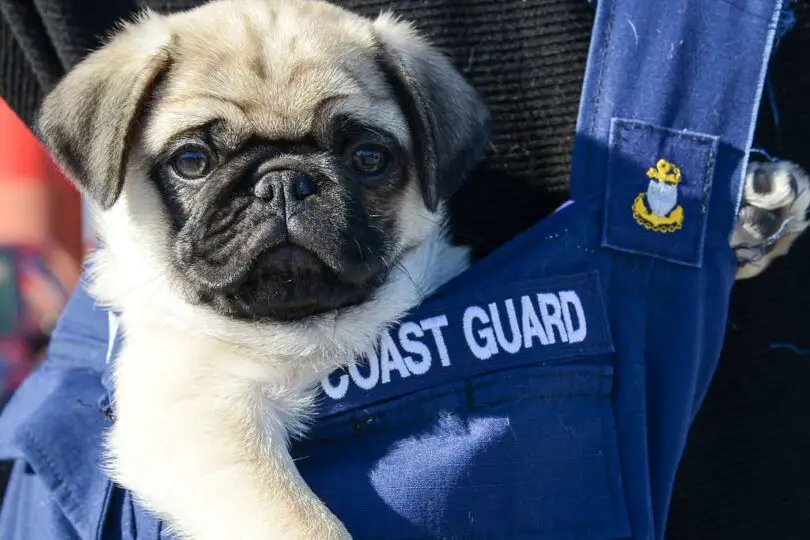Training your Pug can be a delightful journey filled with moments of joy and connection. While Pugs are known for their charming personalities, they also come with their unique set of traits, and positive reinforcement proves to be the key to successful training. Let’s explore why positive reinforcement is so crucial and how you can use it to create a well-behaved and happy Pug.
Understanding Positive Reinforcement
Positive reinforcement is a training technique that involves rewarding your Pug for displaying desired behaviors. Instead of focusing on punishment for unwanted actions, this method reinforces good behavior through praise, treats, or affection. Pugs, being social and eager to please, respond exceptionally well to positive reinforcement.
The Power of Rewards
Pugs are food enthusiasts, and treats can be a powerful motivator during training sessions. Choose high-quality treats and use them as rewards when your Pug follows a command or exhibits good behavior. The immediate reward creates a positive association, making your Pug more likely to repeat the desired action.
Verbal Praise and Affection
In addition to treats, verbal praise and affection play a significant role in positive reinforcement. Pugs thrive on the attention and approval of their owners. When your Pug obeys a command or behaves well, lavish them with enthusiastic praise and gentle petting. This not only strengthens the bond between you and your Pug but also reinforces the idea that good behavior leads to positive outcomes.
Consistency is Key
Consistency is crucial when employing positive reinforcement. Use the same commands and rewards consistently, and ensure that everyone in the household follows the same approach. This clarity helps your Pug understand expectations and accelerates the learning process.
Tailoring Rewards to Your Pug’s Preferences
Every Pug is unique, and their preferences for rewards may vary. Some may be motivated by treats, while others respond better to verbal praise or a favorite toy. Pay attention to what excites and motivates your Pug the most, and tailor your rewards accordingly.
Positive Reinforcement in Basic Commands
Apply positive reinforcement to basic commands such as sit, stay, and come. When your Pug successfully follows a command, immediately reward them with a treat and praise. Repetition and positive associations will help them grasp these commands effectively.
Correcting Undesirable Behavior with Positivity
When faced with undesirable behavior, redirect your Pug to the desired action and reward them for making the right choice. Instead of scolding for mistakes, focus on reinforcing the positive alternative. This approach helps build a strong foundation of good habits.
Building a Trusting Relationship
Positive reinforcement not only shapes behavior but also builds trust between you and your Pug. They learn to associate you with positive experiences, creating a bond based on mutual respect and understanding.
Patience and Persistence
Training takes time, especially with a breed that can be a bit stubborn like Pugs. Be patient and persistent in your efforts. Celebrate small victories, and don’t be discouraged by setbacks. Positive reinforcement works best when consistently applied over time.
Enjoying the Journey Together
Training your Pug with positive reinforcement is not just about obedience; it’s about creating a positive and enjoyable experience for both of you. The process of learning and bonding becomes a shared journey, enhancing the relationship between you and your furry friend.
In conclusion, positive reinforcement is a powerful tool in shaping the behavior of your Pug. By using treats, praise, and affection to reinforce good behavior, you create a happy and well-behaved companion. Remember, a positive and loving approach fosters a strong bond, making the training journey with your Pug a rewarding adventure for both of you.


Leave a Comment